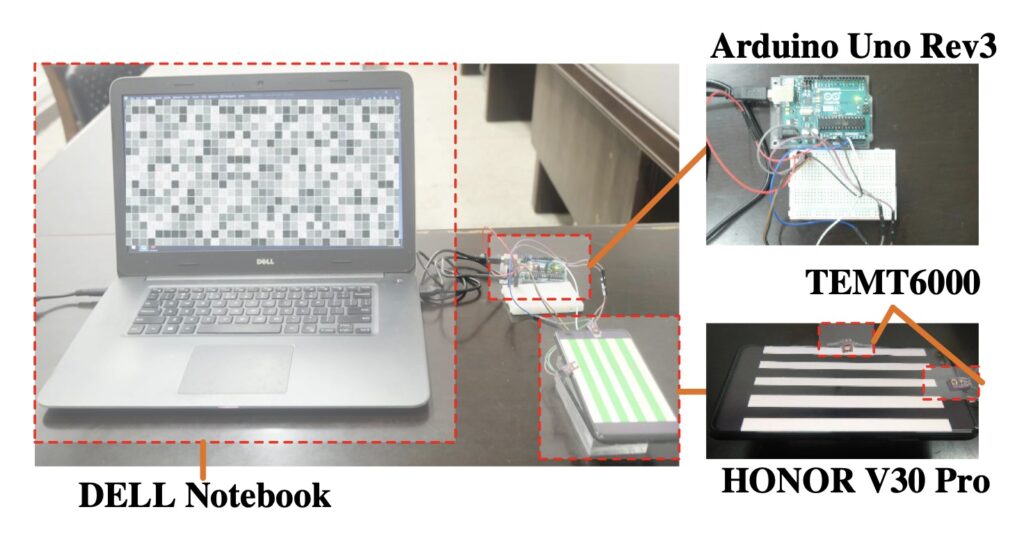New authentication technology measures light reflected by hands

Biometric identification and authentication is big business. As an example, consider Apple’s Face ID technology, which has made strong smartphone security both user friendly and readily available. But Face ID requires substantial hardware and computational power to work, which makes it ill-suited for applications where cost is a major concern. To fill that gap in the market, an international team of researchers developed technology called LIPAuth that can identify people by the light reflected by their hands.
LIPAuth stands for “Light Intensity Pattern Authentication,” which accurately describes how this technology works. It measures the intensity of different light patterns as they reflect off of a person’s hand. As it turns out, those reflections are unique to the individual, just like a fingerprint. The reflected light depends on the shape of the hand, its unique crevasses and wrinkles, skin tone and capillary structure, and the way in which the individual holds their hand during scanning. By projecting different light patterns, LIPAuth can gather a large set of data points to compare for authorization.
The prototype built to test this concept consisted of an Arduino Uno board, an LCD screen from an HONOR V30 Pro smartphone, a TEMT6000 light sensor, and a Dell laptop. The LCD shows different patterns, which reflect off of the user’s hand. The Arduino monitors the intensity of the reflected through the TEMT6000. The Arduino then sends the data to the Dell laptop, which analyzes the information and compares it to that of authorized users.
In testing, the research team determined that LIPAuth could recognize users with accuracy higher than 99%. It is also quite resilient to attacks from unauthorized users. Because of the low requirements and high accuracy, LIPAuth could be very useful for low-cost biometric authentication.
Image credit: Cao et al.